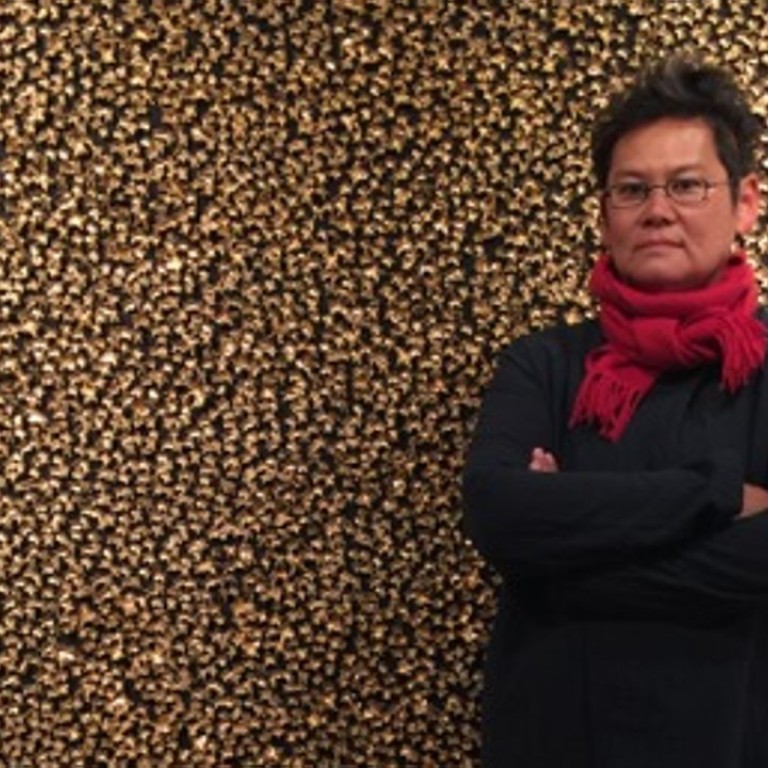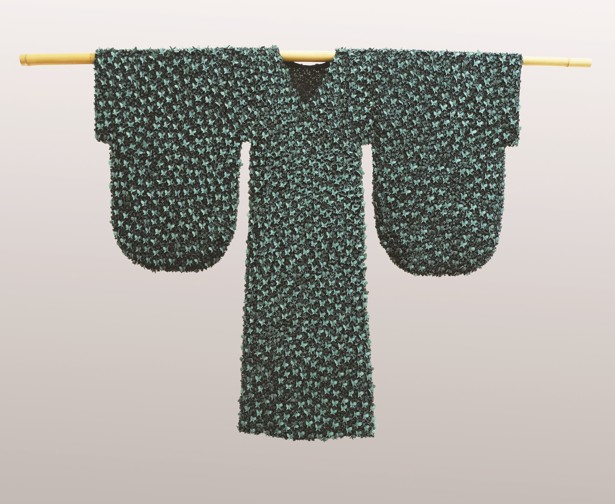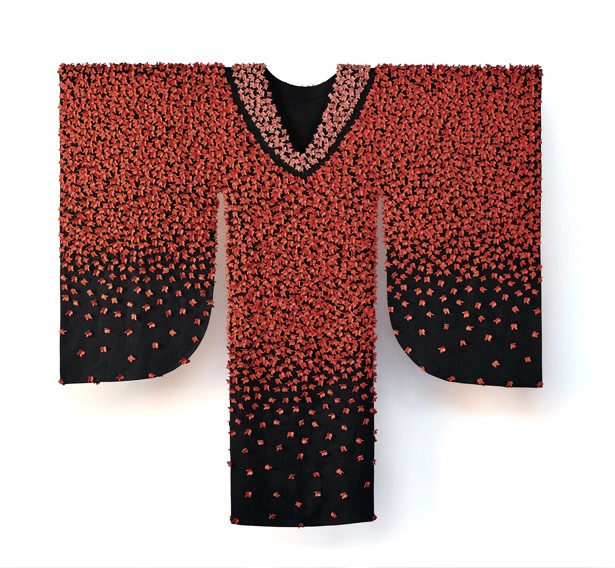
Hong Kong artist’s butterfly-covered dress at British Museum still pulling in the crowds five years on
Adorned with more than 25,000 tiny porcelain butterflies, Caroline Cheng’s Prosperity dress is the centrepiece of the British Museum’s 20th- and 21st-century collection of Chinese works
It may have been collected by the British Museum five years ago now but Hong Kong artist Caroline Cheng’s Prosperity (2012), a traditional Chinese dress covered in more than 25,000 delicate porcelain butterflies, is still drawing crowds at the prestigious cultural institution in London.
“The number of Chinese visitors [to the British Museum] over the New Year holiday [this year] exceeded all expectations,” says Jessica Harrison-Hall, curator and Asian art expert at the London institution and the person responsible for the museum’s Chinese ceramics collection. “Caroline Cheng’s sculpture is the centrepiece of our 20th- and 21st-century area of the gallery.”
New Met director Max Hollein must resolve contemporary art conundrum
The museum received 6.2 million visitors in 2016/17. It is often ranked as the leading tourist attraction in the British capital and one of the most visited museums in the UK.
Cheng’s work – one in a series of dresses all called Prosperity – sits with other artworks in the Sir Joseph Hotung Gallery of China and South Asia, which reopened in December 2017 after a two-year refurbishment. The extensive collection takes visitors through Chinese history from 5,000BC to the present day.

The title of Cheng’s dress series is a play on the Chinese word fu, which means “prosperity” but also sounds like the word for “clothing” in Mandarin. The inspiration came from her first visit to the ancient pottery-making town of Jingdezhen in Jiangxi province in 1998 and her encounters with local artisans there.
“I saw all these craftsmen making little butterflies, bees, dragonflies and flowers but in a cheap, ugly design,” recalls Cheng, who is now based in the city of Dali in Yunnan Province. “I could make 20 of those a day, but these people could make 1,000 – the craftsmanship of Jingdezhen porcelain is incredible.”

Cheng enlisted their help to make the tens of thousands of individual butterflies needed for the Prosperity dresses. The way she sees it, the beautifully embellished pieces symbolise China in the way they encompass a variety of different meanings that can coexist in harmony.
“It’s unity, diversity, this idea of infinity. If I stared at each of these butterflies individually in turn, I’d spend my whole life looking at them because they’re so different.”

In Cheng’s view, a lot of work by Chinese artists appeals to foreigners because it references kitschy, clichéd Cultural Revolution imagery.
“Too many people use that just to sell their work overseas,” says the artist, who has a show at the International Museum of Ceramic in Faenza, Italy, in June. “It’s a very good selling point, but I wanted something more subtle, Chinese and Oriental.”
As a result, Cheng decided to model her pieces of clothing on the dresses worn in the Six Dynasties period (AD220-589) of Chinese history, which saw a remarkable flowering of art, clothing and poetry in the midst of huge political upheaval.
How I became a National Geographic photographer: Keith Ladzinski
Cheng credits her Hong Kong upbringing and international outlook with her success in China’s art scene. “The handmade craftsmanship of the Chinese in ceramics is so good compared to Hong Kong, but creativity is what Hong Kong people have – that’s maybe not as strong in China.”

